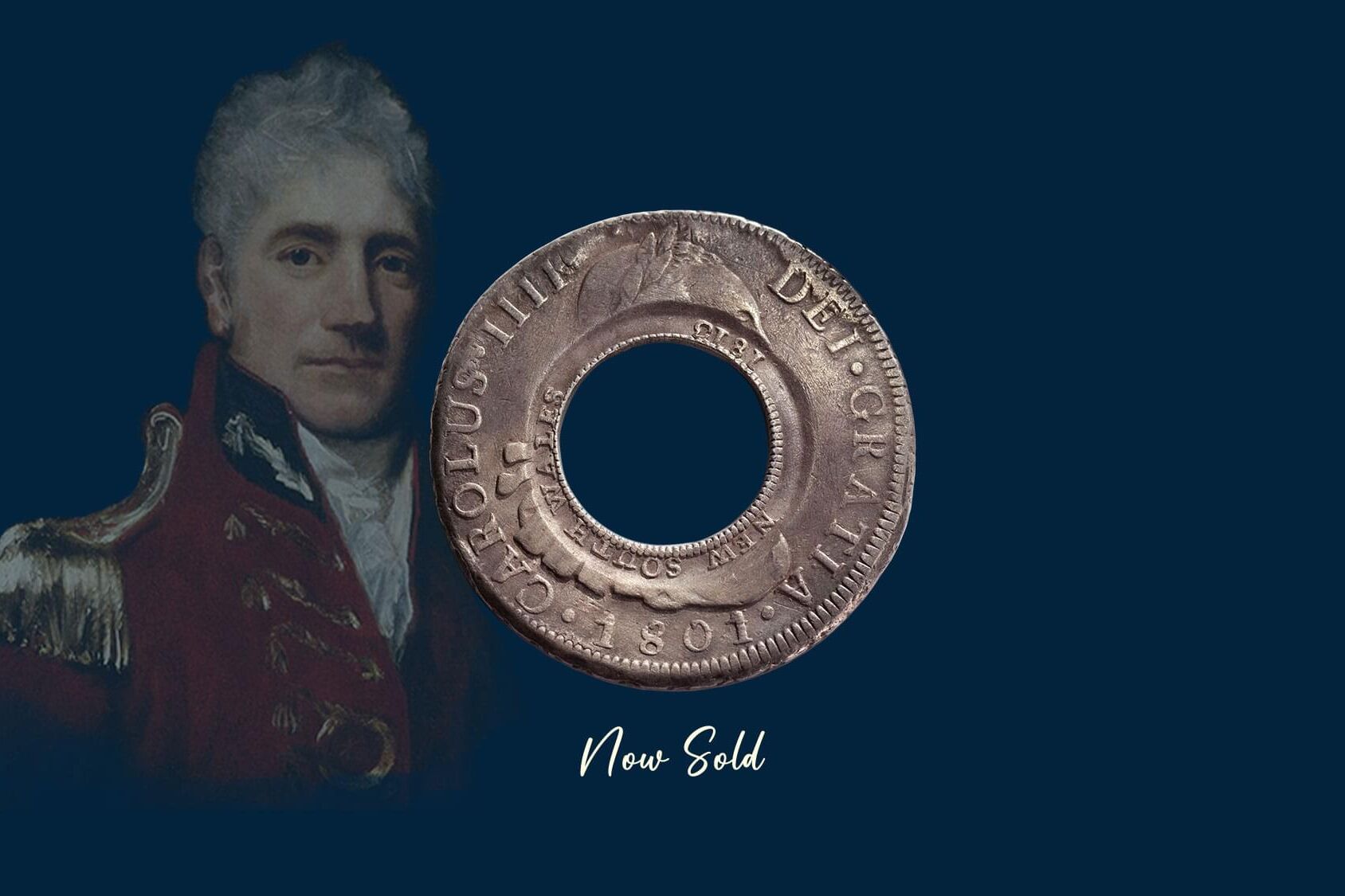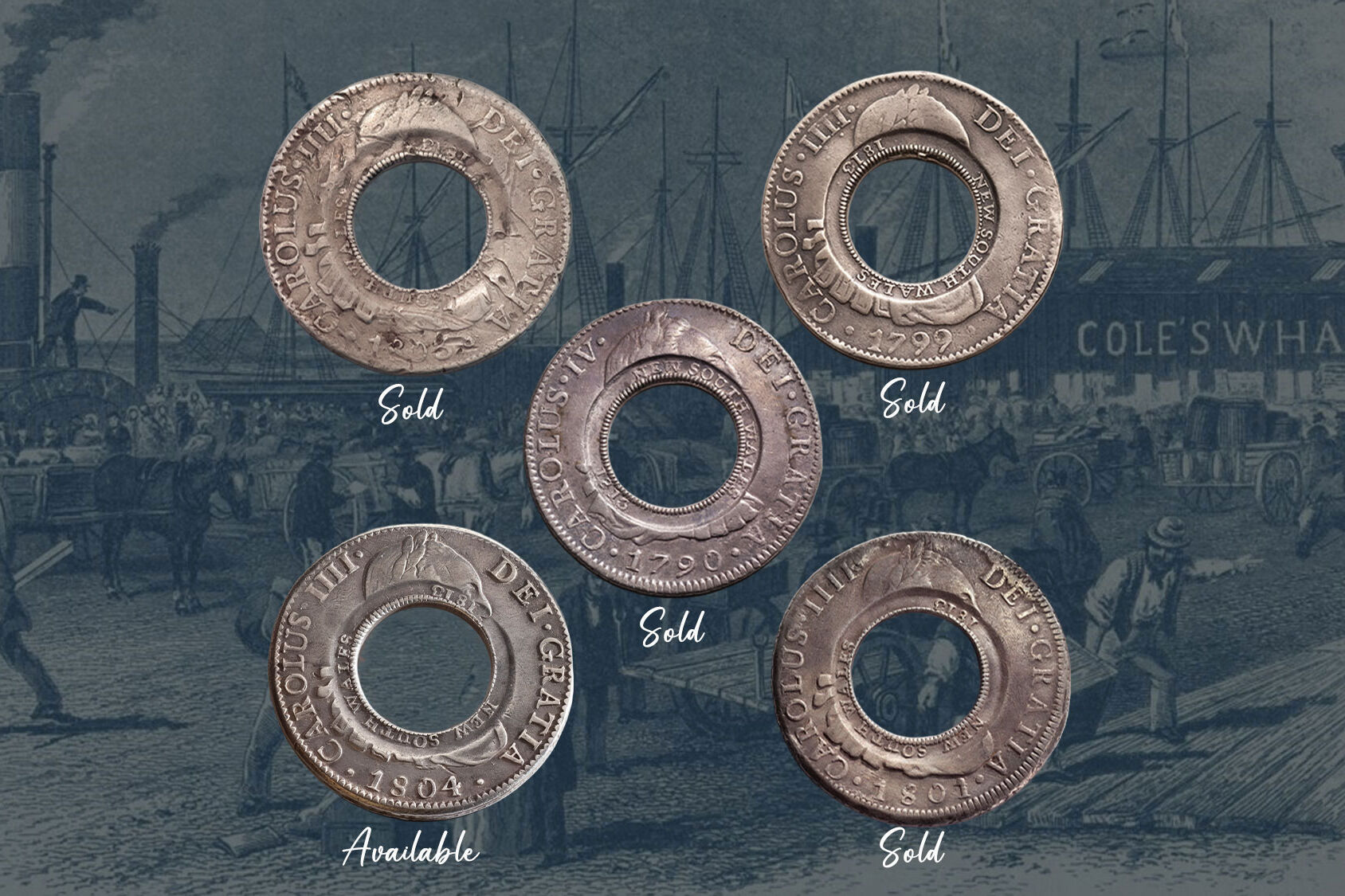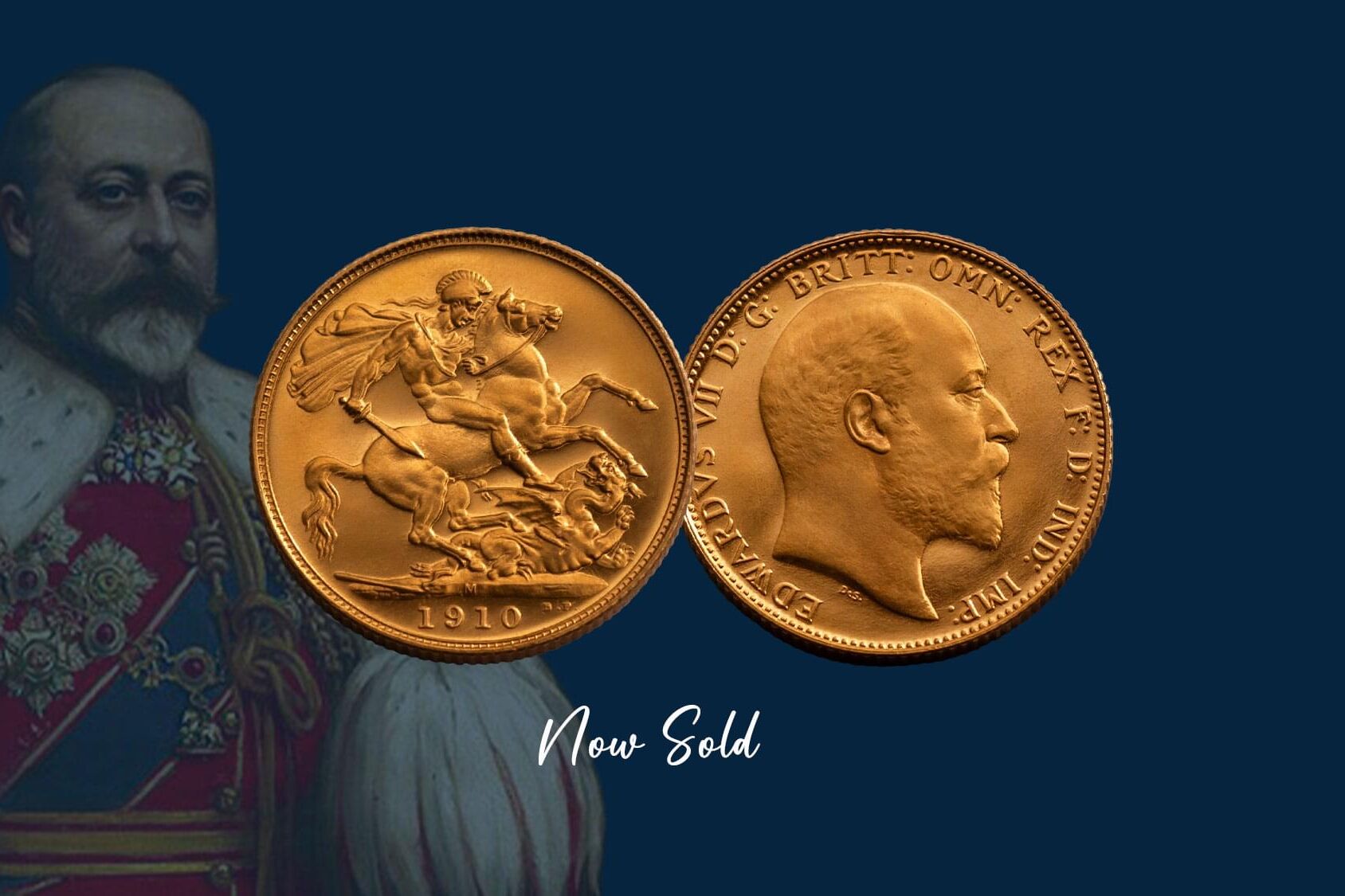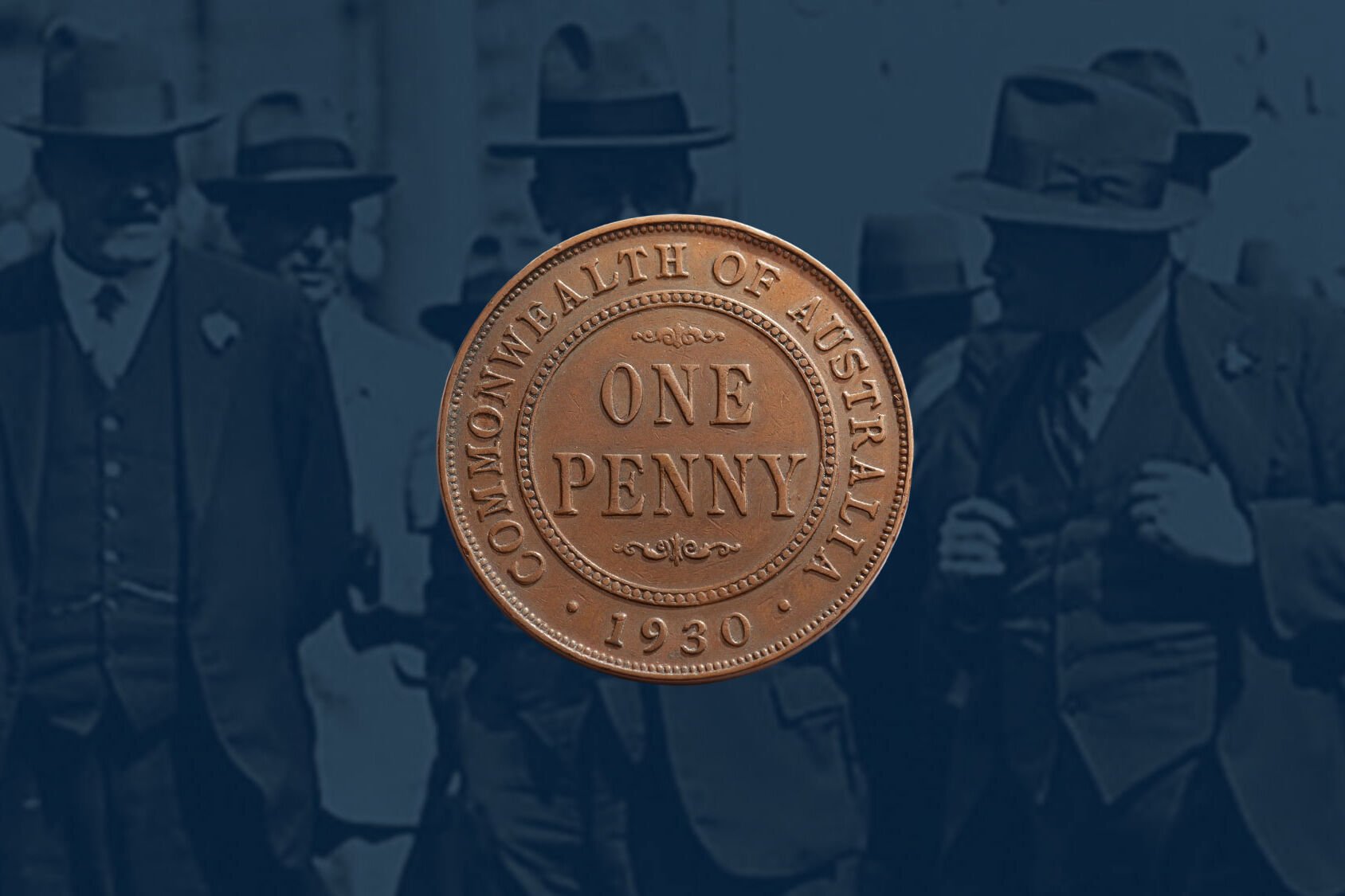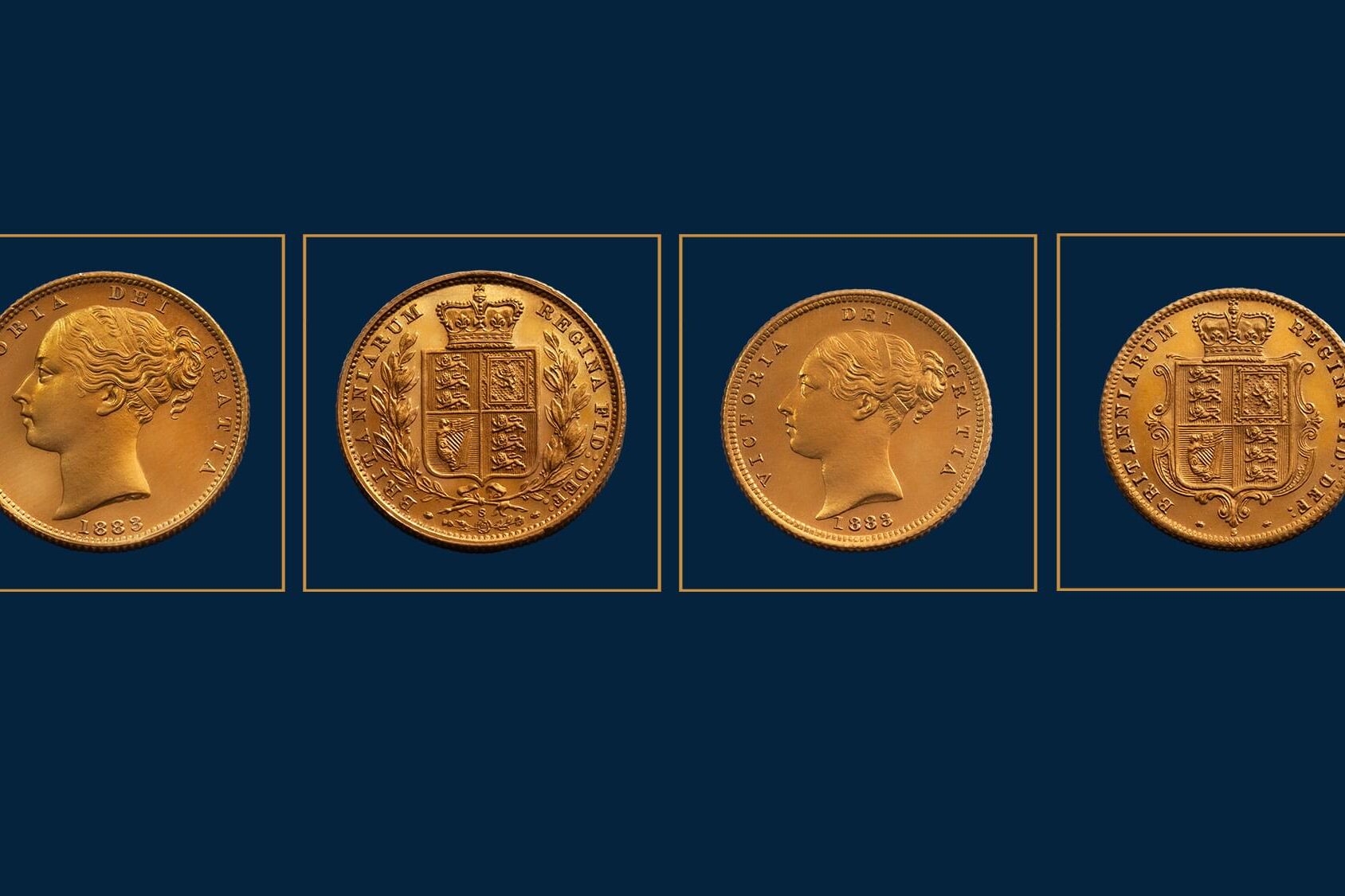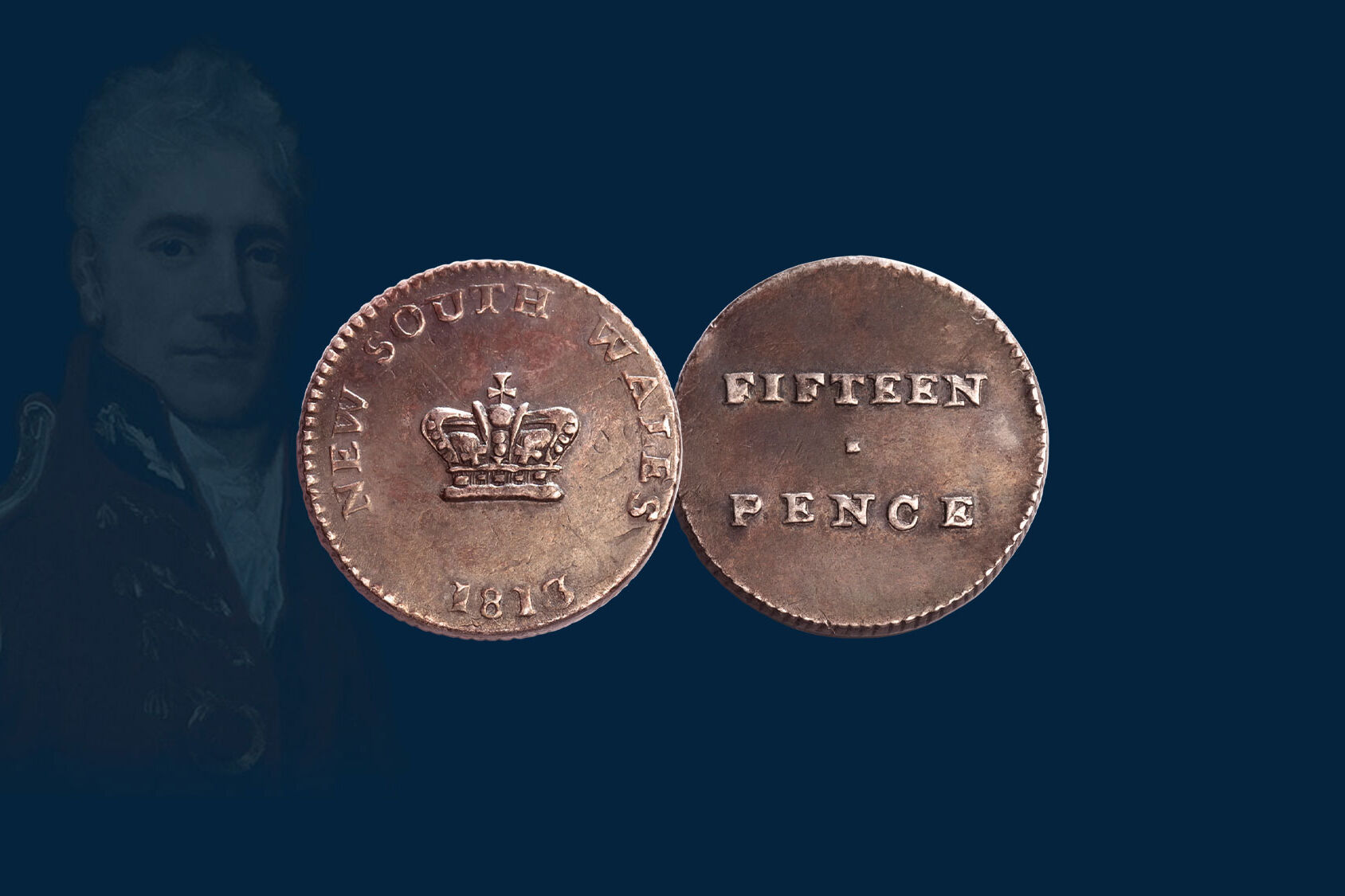1855 Sydney Mint Sovereign
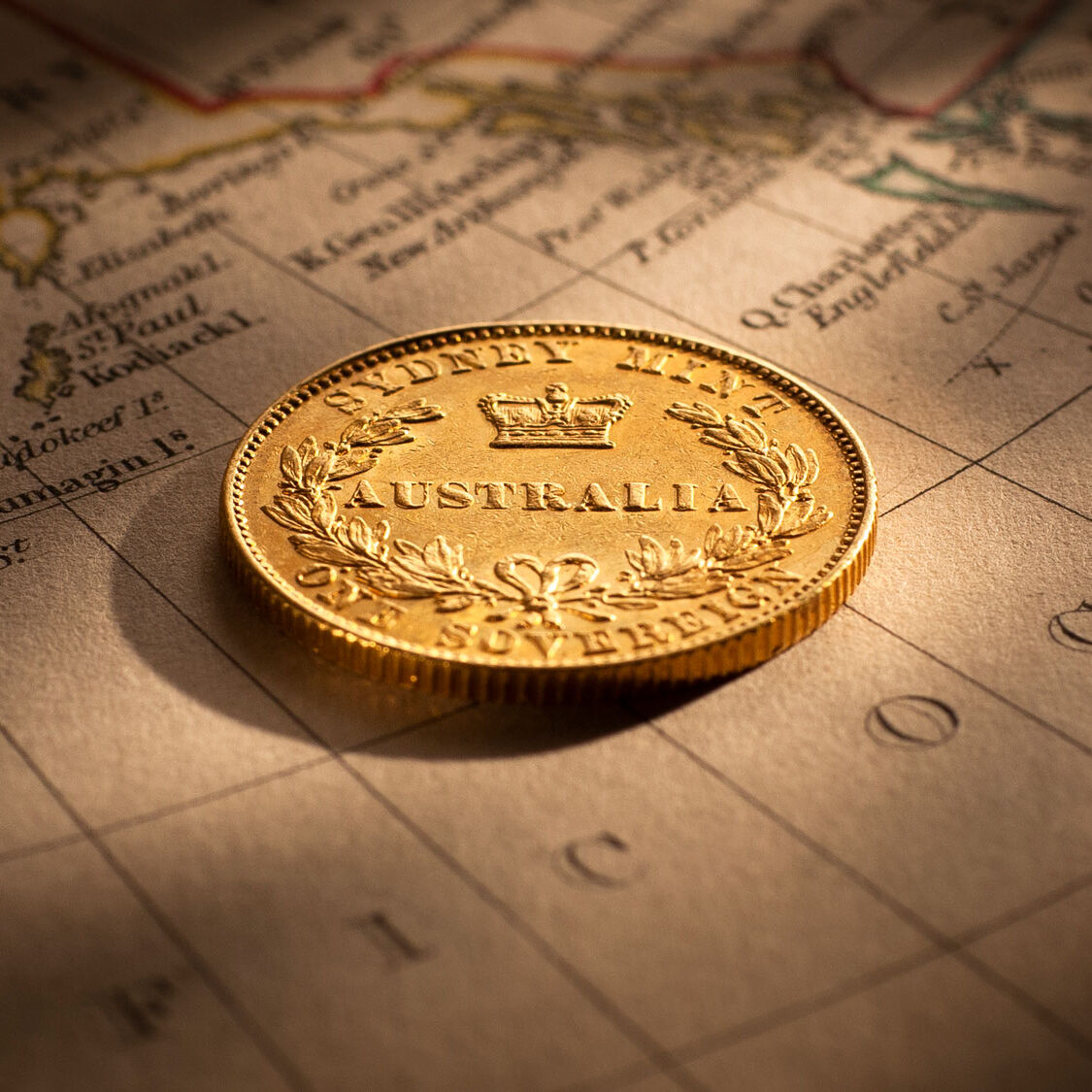
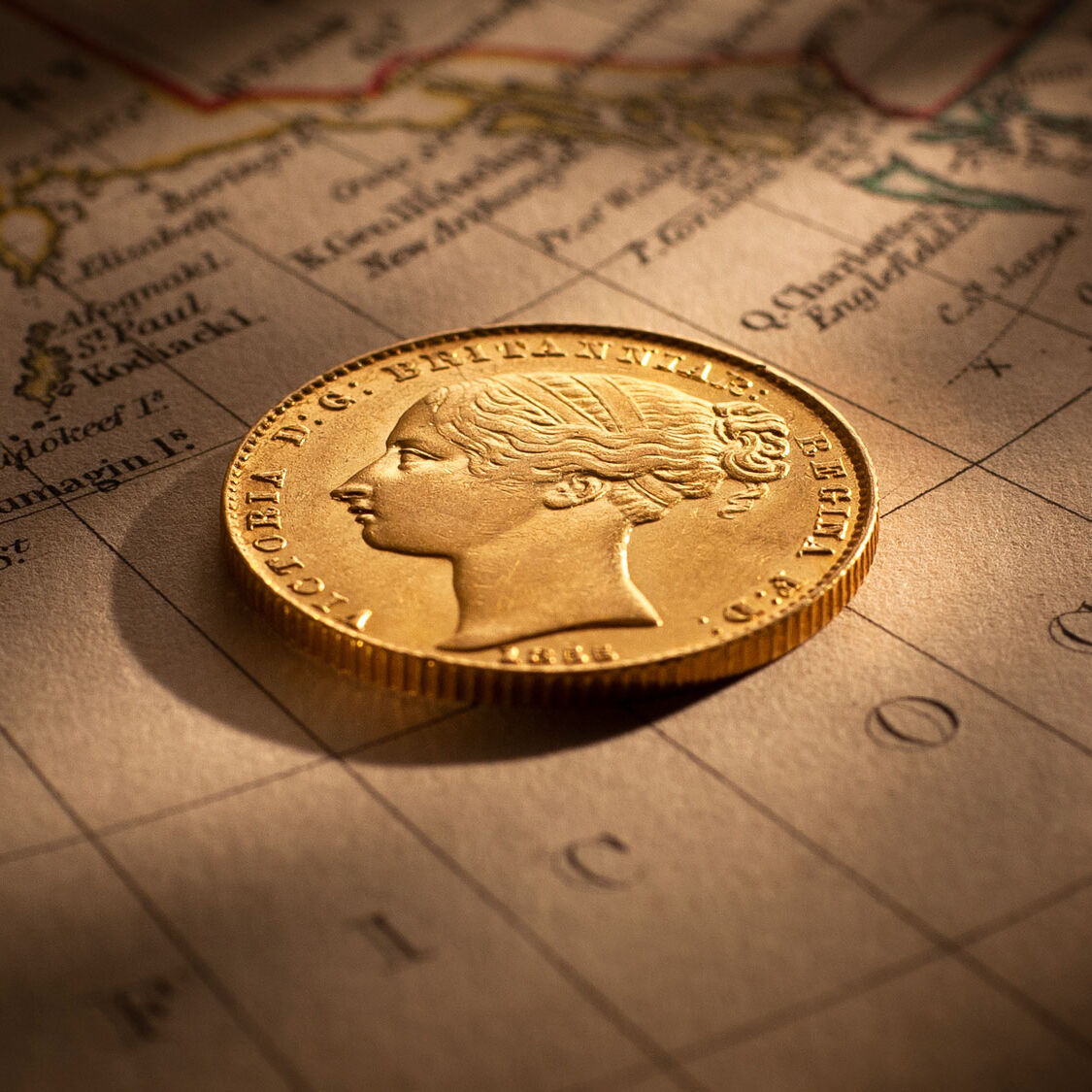
But the 1855 Sydney Mint sovereign offers more than history.
In the quality level offered here the coin also offers an exceptional rarity. You can count on the fingers of one hand the number of 1855 Sydney Mint Sovereigns that we have sold at about Uncirculated, a reflection of the coin’s extremely limited availability in the upper echelons of quality.
The attached pie chart clearly shows the relative scarcity of an about uncirculated 1855 Sydney Mint Sovereign. It’s a picture that speaks a 1000-words.
This 1855 Sydney Mint Sovereign is presented in about Uncirculated, with minimal marks in the field and original lustre on both the obverse and reverse.
Given its superior quality we ask the question. Which coin is the more difficult to acquire in this superior state? The 1855 Sydney Mint Sovereign or the 1852 Adelaide Pound? Australia’s first gold sovereign or first gold pound?
From an examination of auction records – and our own experience - the answer is very clearly, the 1855 Sydney Mint Sovereign. In fact, our first sovereign is four times harder to find than the Adelaide Pound.
We have always had the greatest faith in the 1855 Sydney Mint Sovereign. And we are keen buyers of high-quality examples.
It is the nation’s very first gold sovereign and therefore appeals to the sovereign collector.
It is also sought by the collector that is targeting key dates for the very first year of sovereign production is an important date in Australia’s history.
The Sydney Mint was opened on June 23, 1855 to strike Australia’s very first official gold currency.
Except for ensuring the accuracy of the weight and the purity of gold in the coin, there was minimal care regarding the overall striking. The coins were to be used as currency, traded in commerce. Not preserved as collectibles.
And given the scarcity of 1855 sovereigns in the upper quality levels, it also appeals to the investor.
In its first year of operation the Sydney Mint produced 502,000 sovereigns.
Some three years later, mintage figures had doubled, the very reason why the 1855 Sovereign is so scarce.
Australia’s first sovereign was struck depicting a youthful portrait of Queen Victoria with a braid in her hair. The design referred to as the Type 1 design appeared in 1855 and 1856 only.
It was replaced in 1857 depicting Queen Victoria with a sprig of Australia’s native flower, the Banksia, in her hair. It is referred to as the Type 2 design.
The reverse design of both the Type 1 and Type 2 sovereigns was classically Australian: the word AUSTRALIA emblazoned across the face of the coin.
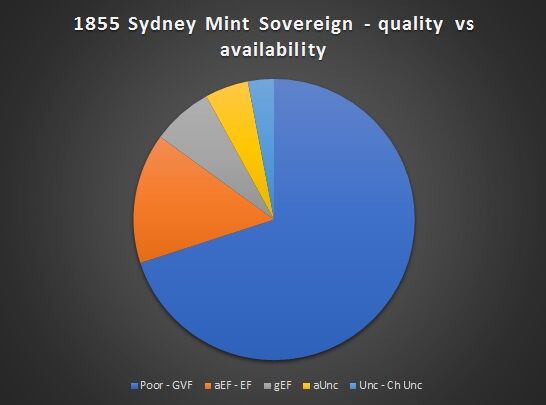
The history of gold proof sovereigns and half sovereigns.
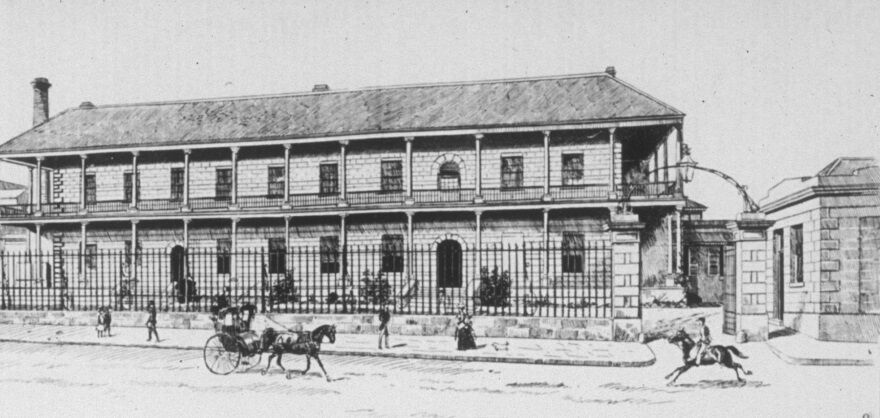
The Sydney Mint, established in 1854 on the site of the Rum Hospital.
What is a proof coin and why were they struck?
In the striking of a proof coin, the mint’s intention was to create a single masterpiece, coining perfection. Perfection in the dies. Wire brushed so that they are razor sharp. Perfection in the design, highly detailed, expertly crafted.
Perfection in the fields, achieved by hand selecting unblemished blanks, polished to create a mirror shine. Perfection in the edges to encase the design … exactly what a ‘picture frame does to a canvass’.
A proof is an artistic interpretation of a coin that was intended for circulation and was never intended to be used in every-day use, tucked away in a purse. Or popped into a pocket.
In the 19th and 20th centuries, the Australian mints crafted gold proofs as representative examples of those sovereigns and half sovereigns they were striking for circulation. It is also noted that proofs were struck in those years where circulating coinage was never issued (even though the dies had been prepared). In this case, proofs were struck as a record of ‘what might have been’.
Proof sovereigns and half sovereigns were struck to be preserved in government archives as a record of Australia’s coining history, time-capsuled for future generations.
Were there any rules regarding the striking of proofs?
The Sydney, Melbourne and Perth Mints were established as branches of the Royal Mint in London. And the three mints followed the protocols of the Royal Mint in striking proof coins. Proof coins were struck at the discretion of the mint master so there was no hard-fast rule about the regularity of the issues. Or the mintages.
The striking of proofs was very often influenced by the collecting zeal of the mint master. And his involvement with the collector market.
The more passionate the collecting habits of the mint master, the greater the chance of proofs being struck.
The prime role of the mints was to convert gold into circulating coinage; the striking of proofs outside those parameters. Given that proof coining was also a very labour intensive process and time consuming, minimal numbers of proofs were struck.
Were proofs struck for collectors?
Proofs out of this era were not struck for the broader collector market per se. They were, in the main, struck for Government archives. Or retained within minting circles. That proofs have come out of the archives into the collector market simply reflects a mint’s budgetary consideration of selling off surplus coins to fund up new acquisitions.
It is noted there were a few years in which private collectors financed the striking of proofs for their own personal collections. It is acknowledged that British collector John G. Murdoch financed the striking of gold proofs at the Melbourne Mint during the 1890s. There were times when proofs might also be struck for colleagues of the mint master.
Is proof gold always available?
Leading numismatist and now retired dealer, Barrie Winsor, completed an extensive study almost a decade ago on the availability of gold proofs and determined what he considered to be the maximum number of gold proofs available to collectors. Coinworks worked with Barrie to review and update his research and this is presented in the attached charts.
It is noted that while mint records indicate the striking of gold proofs in several years, their existence is questioned. According to Winsor, they have never been sighted on the open market nor is there a record of a private sale having occurred. The attached chart records those instances with the word ‘unsighted’.
It is estimated that there are a maximum 108 gold proof sovereigns available to collectors, covering the complete spectrum of dates from 1853 to 1931. (Compare that to our industry yardstick the 1930 Penny where 1500 to 2000 are believed to exist.)
In terms of half sovereigns, it is estimated that there is a maximum of 82 proof examples available to collectors covering the spectrum of dates between 1853 to 1911.
Natural attrition has taken its toll on coins out of the original mintages with some of them filtering their way into circulation or being mishandled and thus having their quality marred.
The 1855 Sydney Mint Proof Half Sovereign is known by three examples, one of which has circulated. So suddenly three proofs have been reduced to two for the buyer that focuses on quality.
It is a statement of fact that proof gold, irrespective of the sector, is extremely rare and buying opportunities will always be thin on the ground.
But there is another consideration. Great coins tend to be held. The owner of the Madrid Collection held onto his gold proofs for more than twenty years. The Spalding family similarly. So too Tom Hadley in the formation of the Quartermaster Collection.
The availability of a gold proof sovereign and proof half sovereign - of any year - is an opportunity. If you happen to be offered one of exceptional rarity then the opportunity is even more profound.
Coinworks also has available
© Copyright: Coinworks

